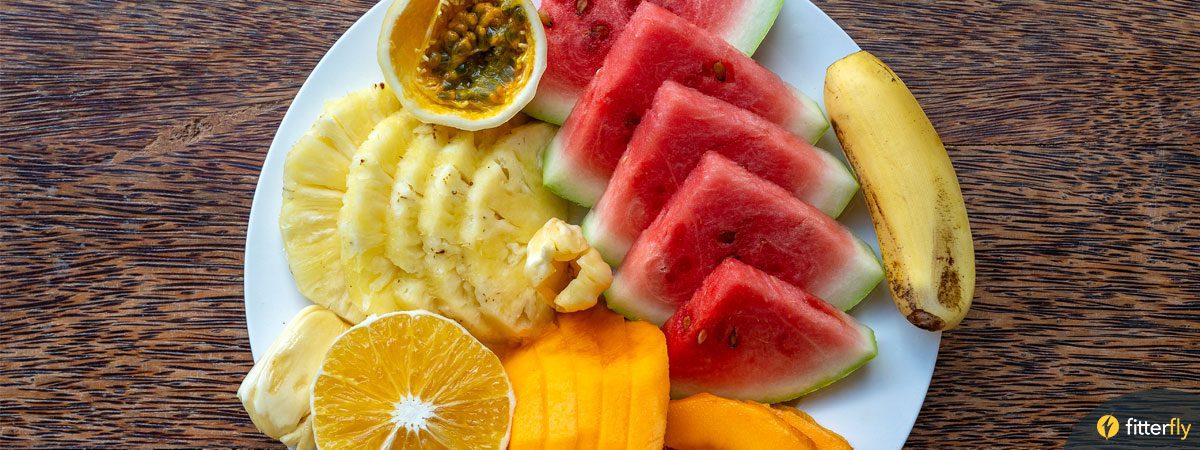How to Stop Craving Sweets?

Samita, a 34-year-old working professional, often finds herself battling intense cravings for sweets, especially during stressful work days. She’s managing diabetes and trying to lose weight, making these cravings even more challenging.
Understanding why these cravings happen in the first place and how to manage them effectively is key.
And just as we’re getting into this, here’s something we want to share. If you’ve been feeling stuck in a tough or stressful phase, consider a 1:1 online session with our expert psychologists. It’s designed to help you clear your mind and regain your mental peace. Fill out the form below, and let’s take the first step toward your mental wellness!
Why do we Crave Sweets, especially when Stressed?
When you feel stressed, your body releases cortisol, a hormone that makes you crave high-energy foods like sweets. Eating these foods releases dopamine, a feel-good hormone that temporarily improves your mood.
However, once dopamine levels drop, cortisol rises again, creating a cycle of craving and guilt. This cycle can make it difficult to stop sugar cravings, but recognizing the hormonal triggers is the first step towards managing them effectively.

What’s the Difference Between Emotional Hunger and Physical Hunger?
Understanding the difference between emotional and physical hunger can further help manage your sugar cravings.
Emotional hunger comes on suddenly, often triggered by stress or emotions (both positive and negative, for example, feeling overwhelmingly happy or sad, anger, anxiety, etc.).
It leads to specific cravings, like sweets, chocolates, mithais, chips, etc., regardless of when you last ate. It creates a desire to eat more despite being full and typically results in guilt afterward.
On the other hand, physical hunger builds gradually and is based on your body’s need for nourishment. It produces sensations like stomach growling several hours after a meal.
Recognizing these differences can help you identify when your cravings are emotional rather than physical and apply strategies to stop sugar cravings.
We know this is easier said than done. That’s why our Fitterfly Success Coaches recommend the 4 D’s technique to help control cravings, be it for sweets or anything else: Delay, Distract, Destress, and Deny.
To know your chances of Diabetes reversal, take the Diabetes Reversal TestDiabetes Reversal
Calculator
How Can the 4 D’s Technique Help Manage Cravings?
Once you’ve identified the nature of your cravings, you can apply the 4 D’s technique to manage them.


1. Delay
When a craving hits, give yourself some time before acting on it or immediately listening. Believe it or not, cravings are often short-lived and will pass if you wait.
For example, if Samita suddenly craves a piece of chocolate, she can set a timer on her phone for 10 minutes, do something else, and keep doing this until the craving is gone.
Delaying to satisfy the craving will mostly end up killing it on its own. This method can help stop sugar cravings from taking control. Here, you take control!
2. Distract
Keeping busy can help take your mind off cravings. Engage in neutral or mentally stimulating activities that are not associated with food like solving a puzzle, drinking water slowly, practicing breathing exercises, talking to a friend, taking a walk, or listening to music.
When Samita feels like eating a cookie, starting a conversation with a friend, or taking a short walk outside her office can help reduce sugar cravings. Distracting yourself helps shift your focus away from the craving and onto something more productive.
3. De-Stress
Since stress can trigger cravings, finding ways to relax is important. Practice deep breathing, listen to calming music, or connect with supportive friends and family.
Remember your health goals and visualize the long-term benefits of resisting cravings. If Samita is feeling overwhelmed and craves ice cream, she can try deep breathing exercises or listen to soothing music to calm herself, reminding herself of her goal to manage diabetes or lose weight.
Reducing stress is essential to manage sugar cravings and maintaining a balanced lifestyle.
4. Deny
It’s okay to say NO when someone offers you sweets or other high-sugar items. Politely refuse and remove yourself from tempting situations.
Use a mantra to strengthen your resolve, such as “I am okay, I can do this.” If a colleague offers Samita a piece of cake at work, she can politely decline.
Say, “No, thank you,” and walk away if needed to avoid further temptation. This can help stop sweet cravings and maintain focus on health goals.
What Practical Steps Can You Take to Manage Cravings?
To complement the 4 D’s technique, here are some practical examples that can help you manage sugar cravings effectively:
1. Keep Healthy Snacks Handy
Stock your fridge and pantry with healthy alternatives like fruits, nuts, or dahi, murmura, makhana so when a craving hits, you have a healthier option available.
For example, grab an apple or a handful of almonds instead of reaching for a chocolate bar. These options provide nutrients without the high sugar content and can help stop sugar cravings.
2. Plan Your Meals
Regular meals and snacks can prevent extreme hunger, which often leads to cravings. Ensure your diet is balanced with adequate protein, fiber, and healthy fats in the form of dal, sprouts, sabji, salad, chaas, nuts, and seeds.
Preparing a meal plan for the week, including healthy, fun snacks like fruit chaat, sukha bhel, moong chaat, cheelas, etc, helps you stay on track and reduces impulsive eating. By having a structured plan, you can stop sweet cravings before they start.
3. Stay Hydrated
Sometimes, thirst is mistaken for hunger, and drinking water can help you feel fuller and reduce sugar cravings. Carry a water bottle with you and sip throughout the day.
If a craving strikes, drink a glass of water first and see if the craving diminishes. Staying hydrated is a simple yet effective way to stop sugar cravings.
4. Get Enough Sleep
Lack of sleep can affect your hunger hormones and increase cravings. Aim for 7-9 hours of quality sleep each night. Establishing a bedtime routine that promotes good sleep hygiene, such as turning off screens an hour before bed and keeping your sleep environment comfortable, can help.
Quality sleep is essential to manage sugar cravings and maintain overall health.
How We at Fitterfly Can Help You?
We understand how tough it can be to deal with cravings, especially for sweets, when you’re already trying to cut down to manage diabetes and lose weight. At Fitterfly, our Success Coaches understand this and are here to support you through this challenging process, helping you make healthier choices every day.
Our program stands out because it also focuses on mental wellness alongside diet and fitness, tackling issues like cravings head-on. This approach is why over 27,000 people trust and love our program.
Remember, it’s about progress, not perfection. Each small step you take towards managing your cravings is a step towards better health.
If you or a loved one is going through a tough time managing such issues and wants to get on track with managing diabetes like a champion, please speak to us or give us a missed call at 08068507599.
Reduced diabetes medications in 3 months


6.8%
Happy members
EMI
Guarantee
4.8/5
Diabetes Prime Program
This blog provides general information for educational and informational purposes only and shouldn't be seen as professional advice.





















